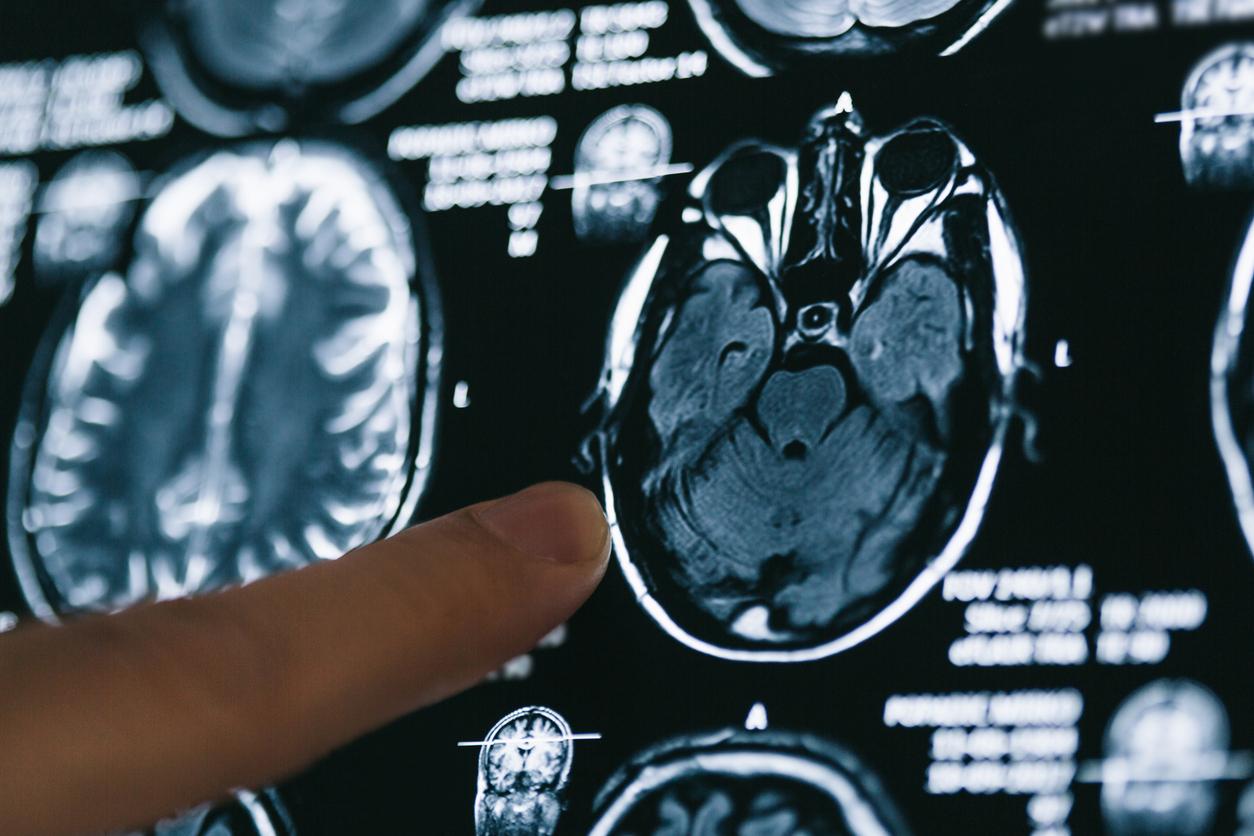Specific areas of the brain control fatigue.

- Areas of the brain that regulate effort have been identified.
- This discovery paves the way for the treatment of fatigue and chronic fatigue syndrome (CFS).
Scientists claim to have identified areas of the brain that regulate efforts to cope with fatigue. Their research was published in mid-August in NatureCommunications.
“We know about the physiological processes involved in fatigue, such as the buildup of lactic acid in muscles, but we know much less about how feelings of fatigue are processed in the brain and how our brains decides how much and what kind of effort to overcome fatigue”, explains in the preamble Vikram Chib, director of research.
MRI scanners and computer models
To better understand these mechanisms, the researchers used MRI scanners and computer models, after developing a new way to quantify fatigue.
The team led by Vikram Chib, a researcher at the Kennedy Krieger Institute, has demonstrated that when exertion is regulated, brain activity increases in an area of the brain called “insula”. Scientists have also discovered that the “motor cortex” of the brain switched off when the participants decided whether or not to make an effort.
Fatigue affects all social categories
Knowing the regions of the brain that control fatigue moderation could help scientists find therapies that alter precisely those choices. According to a survey Ipsos-Le Quotidien du Médecin, fatigue concerns all social categories. Nearly one in two French people experienced an episode of persistent fatigue during the twelve months preceding the survey, whether physical, mental or intellectual fatigue.
Chronic Fatigue Syndrome (CFS), also called “myalgic encephalomyelitis”, also affects 150,000 people in France. Very heterogeneous, this syndrome – which results in intense physical and mental fatigue, difficulty concentrating, limited reaction times, headaches and sometimes muscle pain – remains to this day a mystery for the scientific community. There is no cure yet.
.

















